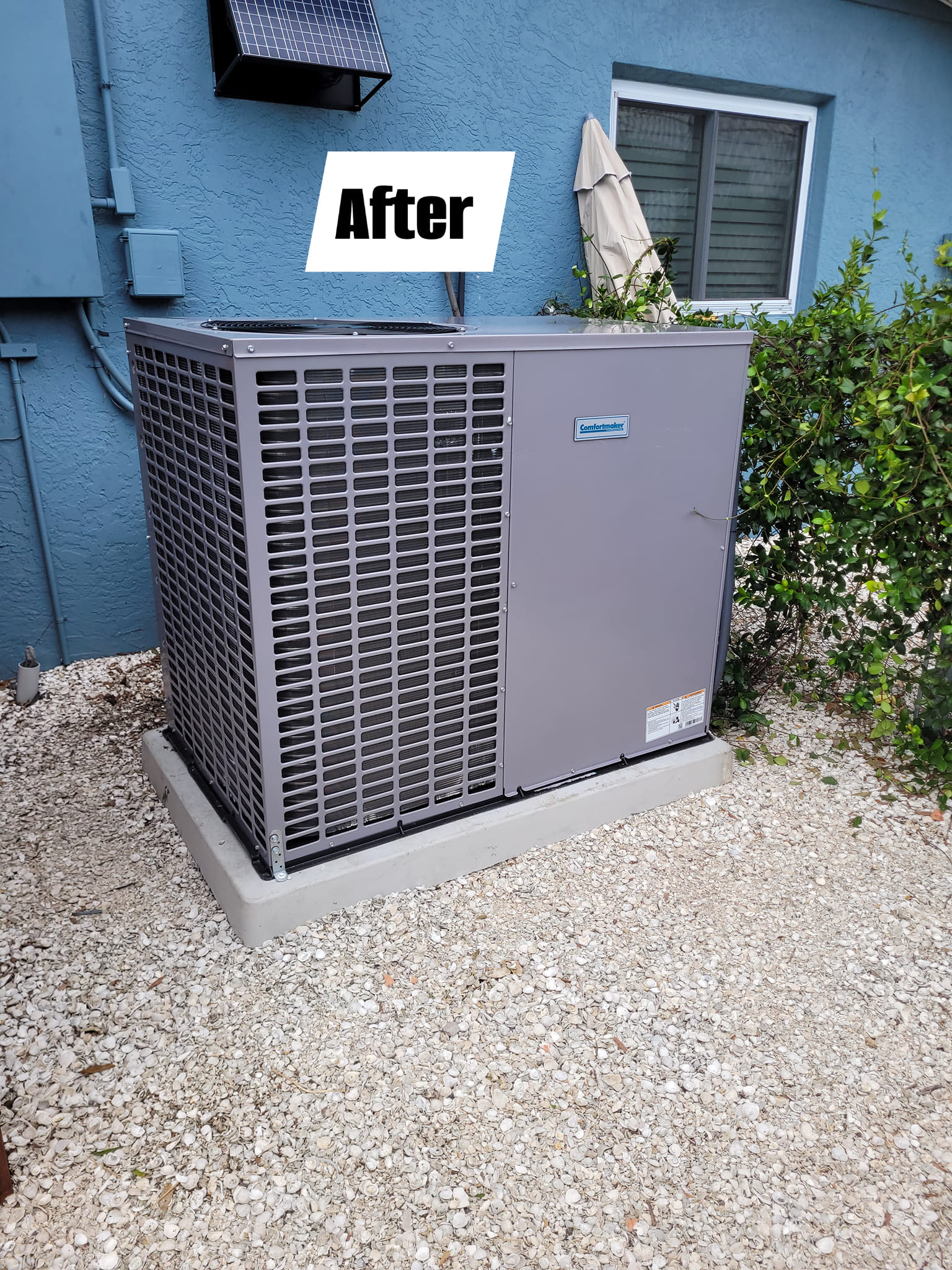
Understanding SEER Ratings: What They Mean for Your HVAC System Oct 04, 2025
A SEER, or Seasonal Energy Efficiency Ratio, is a measure that evaluates the cooling efficiency of your air conditioning system or heat pump over a season. Simply put, the SEER rating details how efficiently an HVAC unit can convert electricity into cooling power. The higher the SEER rating, the less energy the system uses to cool a space, which translates to cost savings and a smaller environmental footprint.
For many, understanding SEER ratings might seem technical, but it is simple once broken down. Imagine your HVAC system as a vehicle – a higher SEER rating is analogous to a car with better fuel economy. Just as a car with more miles per gallon saves you money on gas, a higher SEER-rated HVAC system saves on electricity bills while keeping your indoor climate comfortable.
Now, why should you care about SEER ratings while choosing or assessing your HVAC system? Firstly, energy efficiency equates to long-term savings. Systems with higher SEER ratings can significantly reduce your energy bills. Over time, the savings on electricity will offset any initial higher costs of purchasing a high-SEER system. Since these units consume less energy, they also contribute to lowering your carbon footprint, making them an environmentally friendly choice.
When choosing a new HVAC system or evaluating your current one, consider the minimum SEER rating recommended for your region. For example, the U.S. Department of Energy mandates a minimum SEER rating of 14 in the Southern states and 13 in the Northern states. Adhering to these guidelines can ensure compliance with local regulations and maximize energy use efficiency.
It's also worth noting that while a higher SEER rating generally indicates better efficiency, other factors influence real-world performance. For instance, the installation of your HVAC system plays a crucial role in its efficiency. Proper sizing, ductwork, and maintenance by trained professionals, like those at EPS Heating and Cooling LLC, can enhance the effectiveness of even moderately rated SEER systems.
Consider the regional climate, home insulation, and personal lifestyle when evaluating your SEER needs. Systems with SEER ratings of 16 to 18, considered high-efficiency, might be more suitable for homes more reliant on air conditioning year-round compared to those experiencing milder climates.
In conclusion, understanding SEER ratings is vital when investing in or maintaining your HVAC system. While a high SEER rating represents efficiency, always factor in installation quality and regional needs when making your choice. At EPS Heating and Cooling LLC, we strive to guide you in making informed decisions that enhance comfort and savings. Whether you're planning a new installation or assessing your existing system, we are here to support your journey to an efficient and cost-effective living environment. For any questions or service needs, don't hesitate to reach out to our expert team.
/filters:no_upscale()/filters:format(webp)/media/0bb9ac87-b59f-4fad-abfa-a192be83fd2e.jpeg)
/filters:no_upscale()/filters:format(webp)/media/f8c91087-0b40-494d-9dcc-ba7f5f752cb2.jpeg)